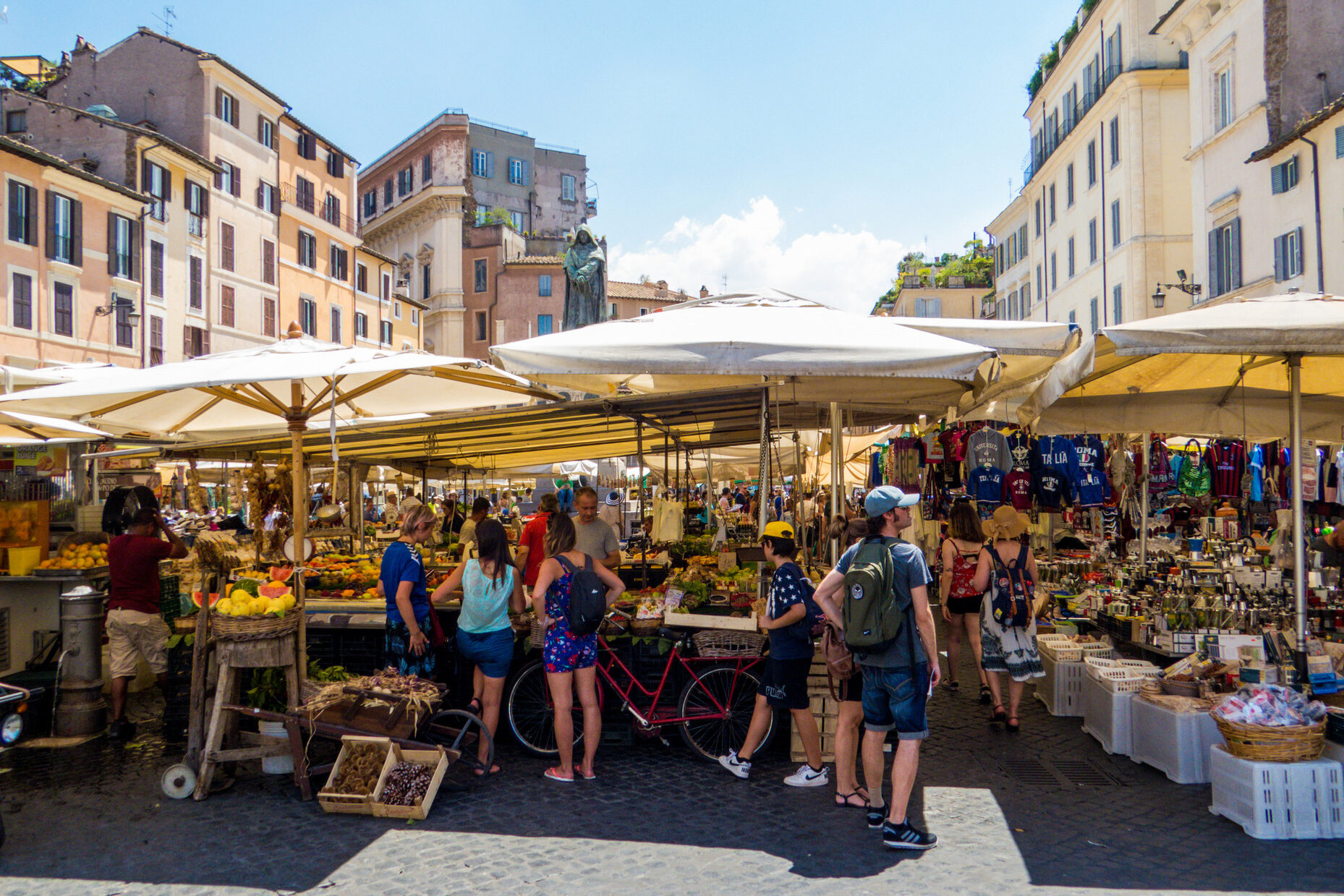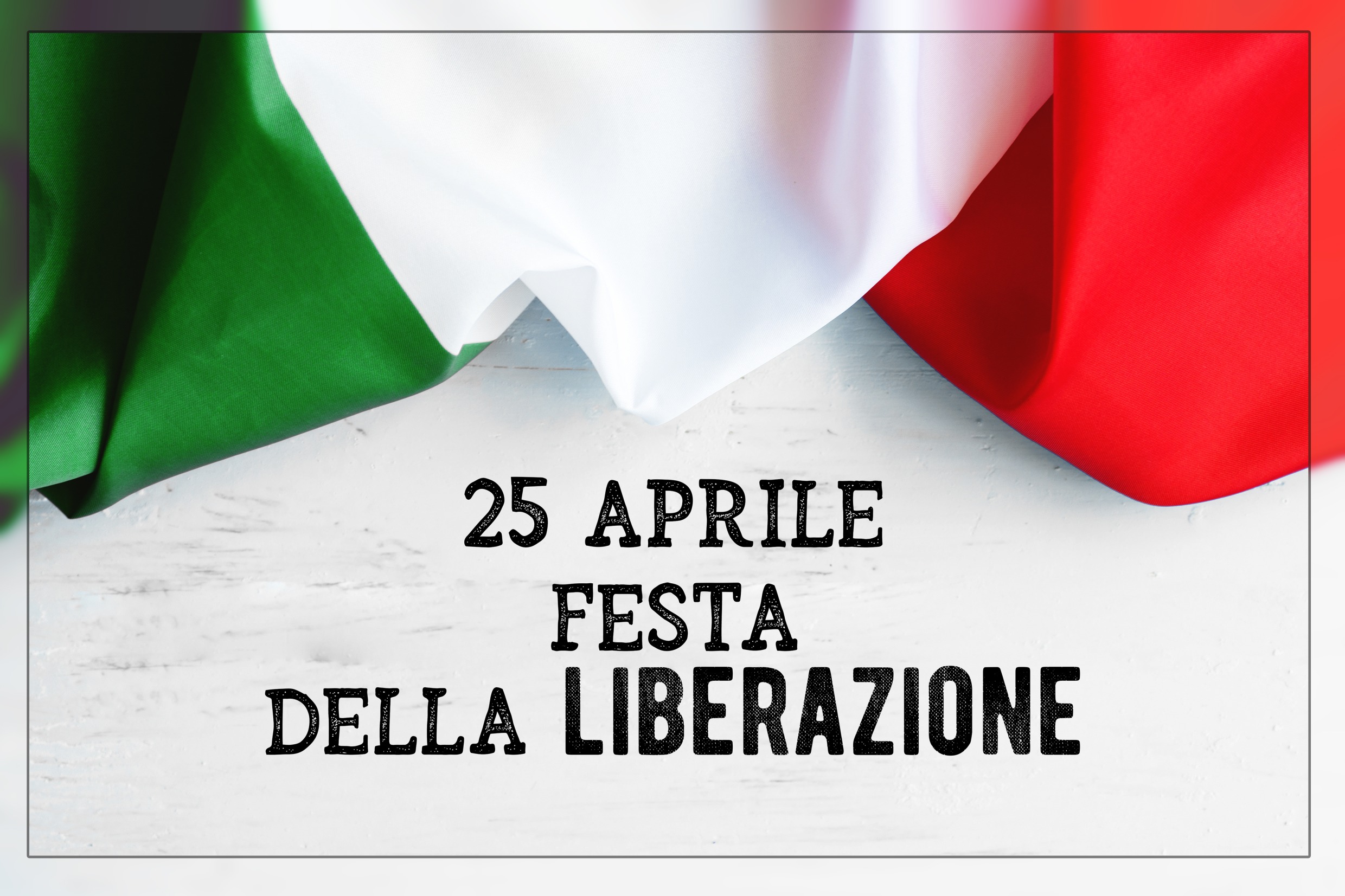Amedeo Gìacomini (1939-2006) was a prolific writer: literary scholar, essayist, translator, and poet. He was born in the northeastern border of Italy in Varmo, Udine. Though he wrote and published widely in a variety of genres, he was mostly at home in his native Friulian dialect represented so eloquently and emotionally in his poetry. According to Francesca Cadel in her forward to It looks Like Winter (Trilingual Edition. Translated by Dino Fabris), he is often compared to other famous Italian poets, from Giacomo Leopardi and Giuseppe Ungaretti to Eugenio Montale and Pier Paolo Pasolini. It looks Like Winter is considered by critics to be his masterpiece. It is easy to understand why. In the more than forty poems in the collection, Gìacomini engages in a discourse with his ancestral roots in Varmo, its landscape, his relatives, and the local people. He has an uncanny ability to make the land, the trees, sky, moon, and all other aspects of his hometown an intimate part of the voice speaking to us in each poem.
He accomplishes all of this through his dialect, which is what connects him to his past, his town, and those friends and relatives he addresses in his poems. Dino Fabris, who has been translating Gìacomini for years, makes his Friulian dialect come alive in both the English and the Italian translations of the poems. Gìacomini’s dialect is difficult and challenging for even the Italian reader who does not speak Friulian. One example from the Friulian will suffice here: “Di ains pluj j’ no torni,/ no mi covente save . . .”. Fabris translates, “It’s years since I’ve been back. I don’t need to know . . .” The careful reader must compare the original with both the English and the Italian at the bottom of the page. But the exercise is well worth the time. I spent hours reading these forty poems, comparing texts to try to get as close as I could to the original. There were moments that I felt that the English translation was better than the Italian version of certain lines. But it is difficult to be sure. As Robert Frost once said, poetry is what is lost in translation.
In the first poem in the volume, “Not Returning to Varmo,” which is also the title of the first section of the book, Gìacomini writes about not having visited his beloved hometown for years. When he does revisit Varmo, he discovers that time and its traveling companion change have made it impossible for him to return to the Varmo that he remembers. But what is remarkable about all his poems is that his poetry never descends into sentimentality. In the specificity of his images there is always a sharp, insightful edge. He says in the poem that he does not need to know what has changed in his hometown because, he concludes, “In the bitter, sure assurance that I live / I don’t need the dead any more.” The last line is unexpected, almost jarring, a remarkable leap for a poem that seemed to be going in an entirely different direction.
His is careful not to romanticize his landscape or use conventional images, even when writing about some of poetry’s most conventional subjects, such as a midnight moon or love. The landscape he once knew mirrors the change in his view of life as an older man. In “It Looks Like Winter,” “The wind lofts gulls up from the sea, / fleeting as rags or thoughts, real only in their raucous crying.” In the “fleeting” image of those gulls, he expresses the lamentable passage of time and change that is inevitable in life. Likewise, in “What to Ask the Moon,” he does not know what to ask the moon, or what meaning to draw from it. Though Gìacomini’s nature is never mute, it does not easily give up its secrets to the poet. To him the moon is “smothered in clouds,” and hovers over a “careless world” in the “cold breath of its own beauty.” He never surrenders his lines to commonplace images or formless spiritual insights. It is a “bare-faced and silent” moon that peers down at him.
Always writing with an eye to overturn conventional poetic language, in the love poem, “What of You I Say,” Gìacomini describes a nature that is composed of the “veins of lizards,” “lichens with yellow hearts,” “birches’ pungent milk,” clods of earth,” and “ muddy pools.” His grief is located in the image of the poet’s painful “nails and veins.” But the poem ends with the astonishing but touching lines, simple but powerful, that address the object of his love (his wife?), the “one who turns to retrieve / earrings forgotten on the dresser.” It is a moment in his younger years suddenly recalled in the image of his wife’s forgetfulness.
In “Life Slips Through My Fingers,” Gìacomini writes that he is “crushed by facts,” like “gypsy sold to the wind” condemned “to look for an I that I don’t recognize.” His world is not necessarily hostile or alien, but it is a world that does not give up its meaning easily if at all. In the poem “Birthday,” he writes “What’s the point tonight / of summing up what you are / what you’ve been?” His only option as a poet, he concludes, is to “swim against the current.”
In “The Eye of the Poet,” Gìacomini writes that the poet writes “blasphemies,” (so-called by those around him), but they are, nevertheless “words of love,/ to a God whom others / could never even name!” In Don’t Try a Tongue, he warns younger poets, “Don’t try a tongue / that doesn’t suit you; / don’t look for a land that isn’t yours.” In his choice to write in Friulian instead of standard Italian, which would no doubt make his poetry available to a wider audience in Italy, Gìacomini takes his own advice. With his Friulian he stays true to himself and that past which can only find a home in his native dialect. Lamentably, readers outside the Friulian dialect do not have full access to his “rooted speech.” However, the tone, color, and specificity of his lines do resonate in translation. What is lost on the non-Friulian reader is made up by Dino Fabris’s translations into both English and Italian.
In the final section of the book, Returning to Varmo, there is a sense of repose, the tension between the poet, change, and his past somewhat resolved. In “Boys,” he writes of his days spent in Varmo where the youthful and naïve Gìacomini and his friends “invented a manifold world, / moonstruck everyday.” For the older poet such wonder before the world is no longer possible. In the poem “In Osteria” he writes about the people of his town and in State of Being the simple pleasures of domestic life with his wife: “Our life. Yes, ours / and yet mine!” where “leaving is no longer necessary.” He expresses an acceptance of life in his later years, no matter the change that has overcome life. Nevertheless, his poems challenge us and create in the reader not a sentimental contemplation of the past but a thoughtful solitude about time and change in our own lives.
Ken Scambray is the author ofA Varied Harvest: The Life andWorks of Henry Blake Fuller, TheNorth American ItalianRenaissance: Italian Writing inAmerica and Canada, SurfaceRoots: Stories, and QueenCalafia’s Paradise: Californiaand the Italian American Novel.





























